
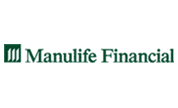
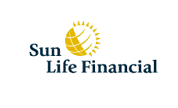
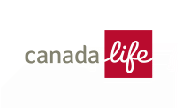



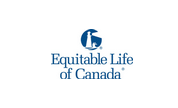

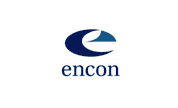




















For most people, their lifetime earnings potential is their greatest financial asset. Without this income, their lifestyle and standard of living could be at risk. The major role of life insurance is to replace income lost because of death and to provide capital to settle an estate. Other uses of life insurance include:
There are two main types of life insurance:
Term insurance is a temporary form of insurance. It is used for one of two purposes:
Term policies often include a renewal and conversion feature. The renewal feature allows the life insured to renew the policy for another term (up to the termination date). The conversion feature allows the life insured to convert the policy into a whole life insurance policy without having to provide medical evidence. The main advantage of term insurance is that it is inexpensive to start. The shorter the term (e.g. 10 years vs. 20 years), the lower the initial cost. These policies provide a level amount of insurance with premiums increasing at various durations (e.g. 10 or 20 years).
There are many different forms of term insurance. For example, increasing term policies are available to protect against liabilities that are both temporary and increasing (e.g. key person protection where the individual's salary will likely increase over time). Decreasing term insurance policies provide protection against temporary and decreasing liabilities (e.g. to discharge the remaining payments on a mortgage).
Permanent insurance is also available in many forms including Term to 100, Whole Life and Universal Life. Permanent insurance, as the name suggests, provides permanent protection. Although the premiums are higher initially, the eventual outlay is often lower as premiums for most policies remain constant.
Term to 100 policies generally have a level premium for the life of the policy. Premiums continue until the earlier of death or age 100. At age 100, the policy will usually either pay out the face amount or become paid up. In contrast to Whole Life policies, Term to 100 policies do not typically have any cash surrender value.
Whole Life policies can be either participating or non-participating. A participating policy shares in some of the gains and losses associated with the underwriting of life insurance (e.g. interest earnings, operating expenses and mortality experience). If circumstances permit and at the discretion of the insurer, the policyholder is entitled to a return on investment in the form of a dividend. These dividends are not guaranteed.
A non-participating whole life policy does not participate in the insurer's experience. As a result, owners of these policies are not entitled to dividends from the insurer. In contrast to a participating policy, all premiums, benefits and values for a non-participating policy are guaranteed.
Whole Life policies are also available with a limited pay period (e.g. whole life 20-pay). Policies of this type require larger premiums to compensate for the shorter premium payment period. At the end of the payment period, these policies become paid-up. As a result, the coverage remains fully in force without any further premium requirements.
Universal Life is a form of interest rate-sensitive policy with flexible premiums and adjustable benefits. It combines term insurance and an investment account with earnings based on current market returns. A key feature of a universal policy is its flexibility. Premium deposits are flexible allowing the policyholder to vary the amount, frequency, timing and duration of premium payments. Subject to an exemption test, Universal Life policies allow the policyholder to make deposits into the policy beyond the amount required to fund the cost of insurance. This can be very advantageous as the cash value of the policy grows on a tax deferred basis and the death benefit is tax-free. Benefits are also flexible allowing the policyholder to increase or decrease the face amount of insurance. The investment component of the policy also provides a great deal of choice to the policyholder. The investment options typically include daily interest accounts, term deposits, index-linked funds and segregated funds.
For an instant on-line quote, please visit LifeQuote™.